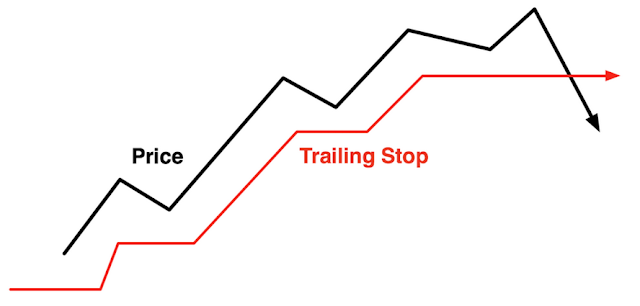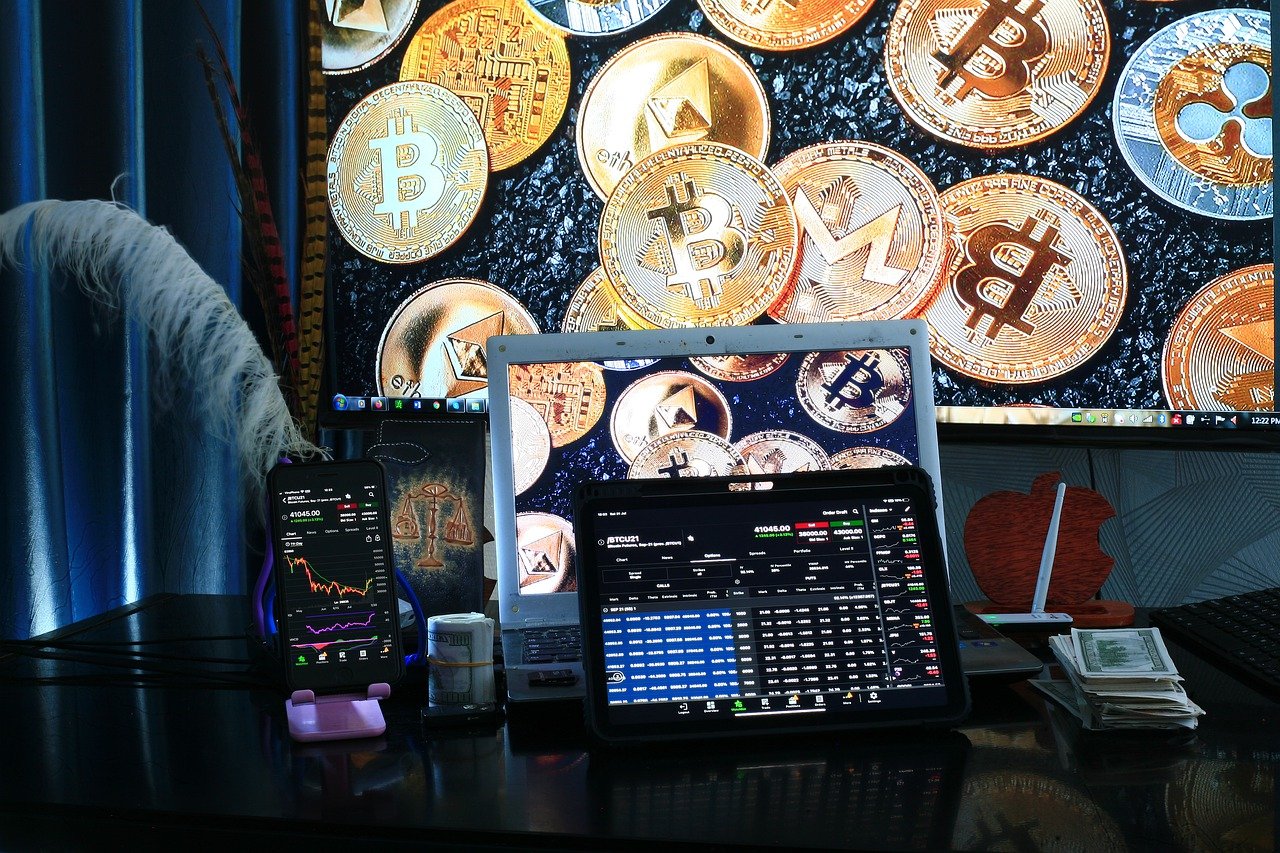Are you just starting out with trading cryptocurrencies and looking for an easy guide about the order types?
This article is what you’re looking for.
It is true, exchanges may seem a bit scary at first; They are full of weird names, parameters, buttons and you end up feeling lost in front of the interface.
In reality, their purposes are pretty simple to grasp. Curiously, finance guys have a strange perversion for names that only they can understand.
Having everything clear on how to perform an order before engaging with the market is crucial: make sure you don’t get yourself discouraged and instead look for as much info as you can.
In this article, we will explore the main types of orders that can be placed to fulfill our needs and be precise in our trading.
What is an order book?
Before going further, we need to clarify a very important component of all exchanges, which contains an immensely useful amount of information.
The order book is the list of all the orders currently opened and delivered into the market, waiting to get executed; these orders are distributed into the various layers of the price according to their specified request.
It tells you how much liquidity the exchange is provided, what is the tendency of the market, in what layers the volume is mainly settled, which levels are more prone to represent strong resistances and sustainments, and more.
A lot of traders take the order book as an instrument of analysis, and they often reach their final decision based on it.
But be aware that while it does provide an idea of the market, the order book is specifically related to the exchange you’re trading in.
Market Orders
Market orders are widely the most commonly used because of their simplicity and quickness.
They speed up the process by instantly executing at the current best price.
If you ever used any simple converter, simple swaps, or easy mainstream channels of exchange, these are the orders you indirectly used to fulfill your need.
Market orders are usually more expensive in fees because they take liquidity from the market — this dynamic is at the base of the concept of “market taker”. The taker does not contribute to the liquidity, instead, he takes advantage of the limit orders in the order book (that provide liquidity) by filling them, so he is subjected to higher fees from the exchange.
Simply put, these orders practically “steal” liquidity from the market.
In addition, market orders that are performed through non-professional trading means, such as simple converting, have a lot more expensive fees, since they are meant for people who do not trade continuously.
IMPORTANT: because market orders are executed based on the order book and are subjected to price fluctuations, it is almost sure that your order will fill at a slightly different or very different price, depending on the current volatility.
In conclusion, market orders can be useful if you’re not interested in getting the preferred price, but in getting filled as soon as possible.
Limit orders
Limit orders are the most widely used by professional traders, and they represent the open orders inside the market.
They guarantee your entry only when the currency or asset reaches your specified price.
These orders will be placed into the order book and provide liquidity to the market. For this reason, a limit order is called market maker, and it is usually less expensive in fees.
Because these orders are supposed to fill at a more convenient (hence different) price than the current one, they need to wait for the price to reach them to be filled.
Buy Limits — Need to be placed at a lower price than the current one.
Sell Limits — Need to be placed at a higher price than the current one.
If you place your limit at an inconvenient price according to the nature of your order, you’re going to get filled as a market order. This happens when you set your buy limit at a higher price than the current or the sell limit at a lower price than the current.
Note: in markets where there isn’t enough liquidity for your order size, the limit order may need multiple “touches” to get filled completely.
In conclusion, limit orders are indispensable if you know exactly at what price you want to buy or sell.
Trigger Orders
Trigger orders are often referred to as “stops”.
This type of order requires a trigger before being officially delivered to the market. They have a “stop price”, which represents the trigger — when this price is reached, the system will automatically place the main order into the market.
They are very useful if you don’t want to open your order instantly but only when the currency or asset reaches a certain price, for example for placing stop-losses (SL).
There are multiple types of trigger orders.
Stop Market Orders
These are stops used to trigger market orders: after the price reaches the trigger, a market order will be executed at the best available price. Stop markets are the most used type of order for stop-losses.
Always remember that because of the nature of market orders they will likely be filled differently than the trigger price.
Stop Limit Orders
With these stops you can trigger limit orders: after the price reaches the trigger, a limit order will be placed in the order book.
The limit price represents how much you are willing to pay.
The stop price and the limit price define the range within which your order will be filled. When the order is triggered, it will be only filled within that price range.
The advantage over the stop market is that you have much more control over price, plus you avoid the risk of slippage of a market order; on the other hand, the disadvantage is not having the guarantee of completing the order.
If there’s high volatility in the market, the price could quickly slip from that range and the order may miss being fully filled.
Take Profit (TP) Orders
Take profits are meant to set a finish line for the trade: at the specified price the system will execute an order. Differently than stop-losses, this time you will intend to take profits.
These orders can be both market TP or limit TP, depending on the range of features that your exchange can provide; if it is just called “Take Profit”, it usually means a market one, unless it has a spot price.
Trailing Stop Orders
Trailing stops may seem a bit complicated at first, but the base concept is way simpler than it looks.
They’re mainly used as “moving” stop-losses, meaning that the trigger price changes as the market moves in favor.
When you set a trailing stop, you firstly need to specify a “trail value”; this value will represent the maximum distance between the current market price and the trigger price.
In the case of long positions, the (sell) trailing stop will move as the price goes up to maintain the distance imposed by the trail value, while when the price retraces it stays fixed, based on the distance from the last highest price.

In the case of short positions, the (buy) trailing stop will move as the price goes down, while when the price goes up it stays fixed, based on the distance from the last lowest price.
Trailing stops are useful instruments, but be careful: an unwise usage could limit the profits of the trade by triggering the stop too early.
2 Useful tips regarding trigger orders
Tip 1
A common mistake that a lot of people make at the beginning, represented by this question:
“Why don’t I just put a simple limit order with the price I want to sell as a stop-loss?”
It is not possible. Because when you put a sell limit order that is BELOW the current price, the system will sell it immediately as a market order, to guarantee you a better selling level.
The same happens reversely with buy limit orders.
It is important to remember that sell limit orders must be put at a higher price, while buy limit orders at a lower price, otherwise they would turn into market orders.
An indirect role of the spot price is to let you place an order to the opposite side which is initially supposed to be placed in favor.
Tip 2
When you rethink a trade or close it, remember to CANCEL every trigger order related to that still active in your list, otherwise they could be triggered into fresh unwanted positions.
OCO Orders
OCO is the abbreviation of “One Cancels the Other”. Through this method, you can place two orders at the same time. Only one of the two orders can be filled.
As the name explains, when one order gets filled partially or completely, the other cancels out. Likewise, if you cancel one order, the other will be automatically canceled as well.
They can be used when you want to consider more than one possible development of the market and act accordingly.
In conclusion
In trading is very common to incur into terms that seem to be not very easy to understand.
The crypto-space inherits a lot of these terms at the very basis of the trading process.
Before taking any trade, it is necessary to be aware of how to do it without risking making mistakes and ruining part of the capital, or even the whole capital.
That could be extremely frustrating, especially if the mistake could have been avoided with a correct understanding of the trading instruments.
In this article, we briefly analyzed the most important types of orders that you can find in crypto exchanges and for which purposes you can use them.
Each trading decision needs a dedicated tool that optimizes its success — these orders can help you reach the goal and make your trading completely full-optional.
Everything described in this article has the sole purpose of being informative and providing general information. The author has no intention of providing any financial advice, legal advice, or tax advice. Do not rely on this article to make investment decisions. Seek professional help before making any such decision. The author does not take any responsibility for loss or damage of any nature. The use you make of the information contained in this article is your sole responsibility.
